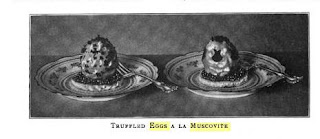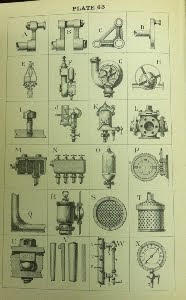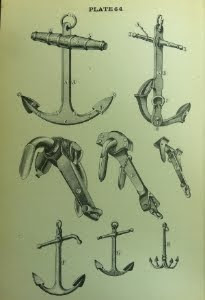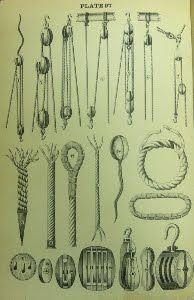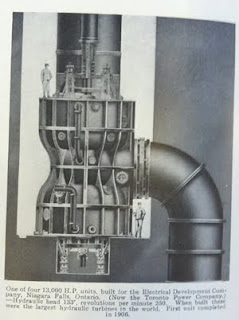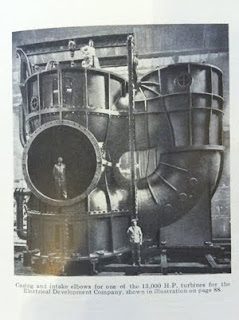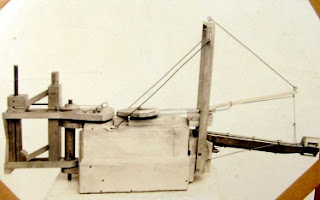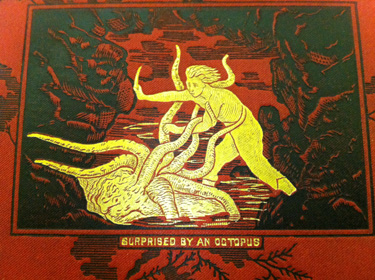This recipe from The Captain's Table : 18 recipes for famous dishes served aboard the S.S. United States and S.S. America follows the one for Porterhouse Soup, and is introduced with the declaration, "Any egg would be proud and happy to end up looking like this."
Wow!
The recipe:
Slice off both ends of 6 hard-cooked eggs. Around the top, middle, and bottom of each egg wrap 3 anchovy filets, to resemble the hoops of a barrel. Put a small slice of truffle in the middle of each egg, to represent the bung of a barrel. Stand the eggs upright and carefully scoop out the yolks. Fill the centers with caviar, shaping it in a peak at the top of the eggs. Stand each egg in a cooked white artichoke bottom, and arrange the eggs in a circle on a platter. Garnish eggs and center of the platter with finely chopped aspic. Serves 6.
Since I had never heard of Eggs Muscovite, I did a little searching, and found an interesting variant recipe, "Truffled Eggs a la Muscovite," in The Boston Cooking School magazine of culinary science and domestic economics, Volume 15 (1911), in the "Seasonal Recipes" section by Janet M. Hill, p. 329-330:
Have as many rounds of toast, two inches and one-half in diameter, as there are persons to serve. Spread the toast, while hot, with butter. When cold spread with caviare mixed with a few drops of lemon juice. The smallest sized can of caviare and a teaspoonful of lemon juice will be enough for eight rounds. For each service have ready a small, cold, hard-cooked egg, from which the shell has been removed. Cut a slice from the rounding end of each egg, that it may stand level. To three fourths a cup of mayonnaise dressing beat in one-fourth a cup of consomme, in which a scant tablespoonful of gelatine has been softened and dissolved. When added to the dressing the gelatine mixture must be liquid but not hot. Roll the eggs in the mixture to coat completely, then set one on each round; or set the eggs in place and with a silver knife spread the dressing over them; sprinkle with chopped truffles, or garnish with four or more figures cut from slices of truffles, or leave plain. Chill thoroughly before serving as an appetizer at luncheon or dinner. Three fourths a cup of white sauce, made of rich chicken broth (or half cream), may replace the mayonnaise.
This recipe is accompanied by an image:
What to do with the leftover cooked egg yolks? Many cookbooks suggest them crumbled over salads--sounds delicious!
Mirrored from Full Fathom Five, due to its lack of rss feed & functioning commenting.
